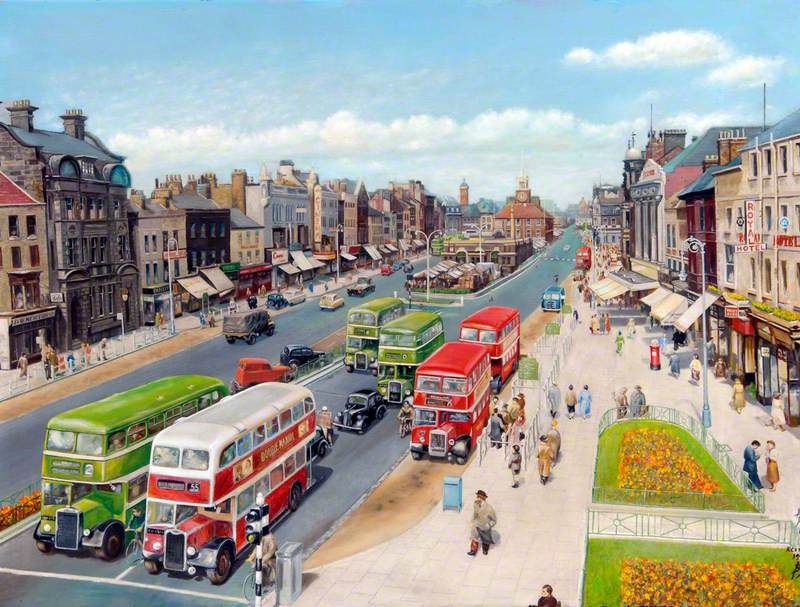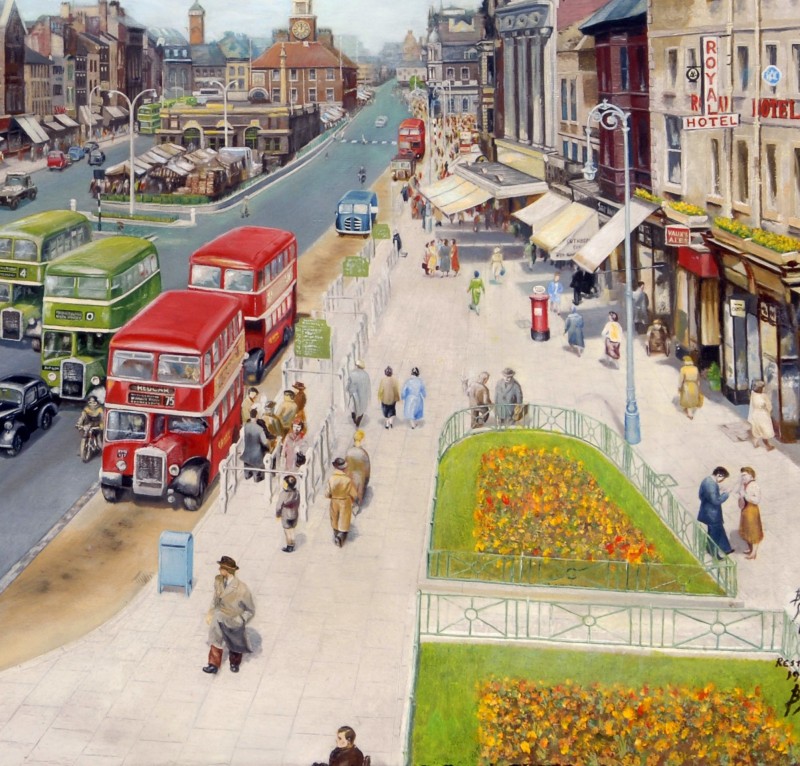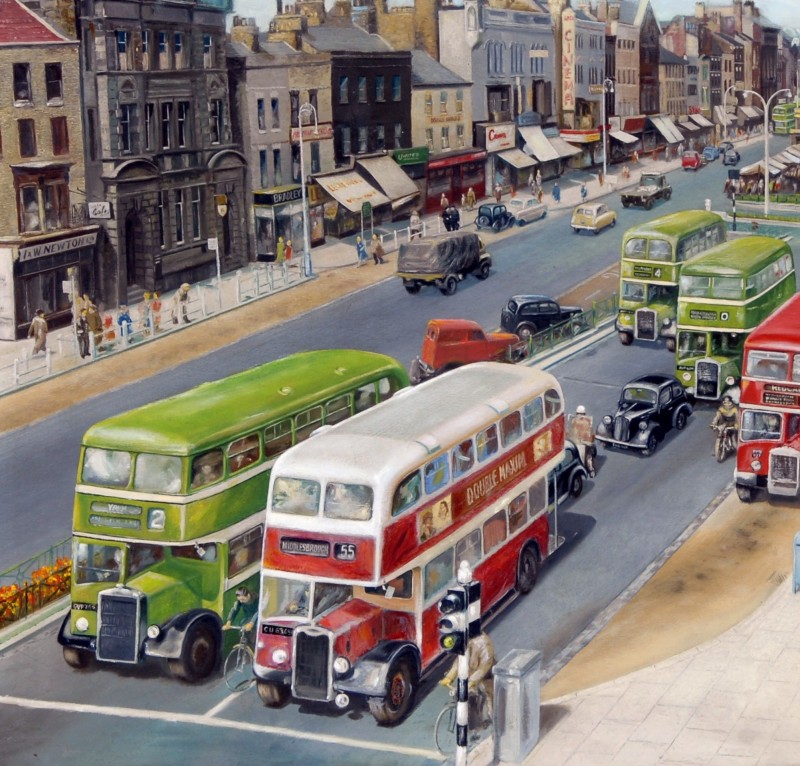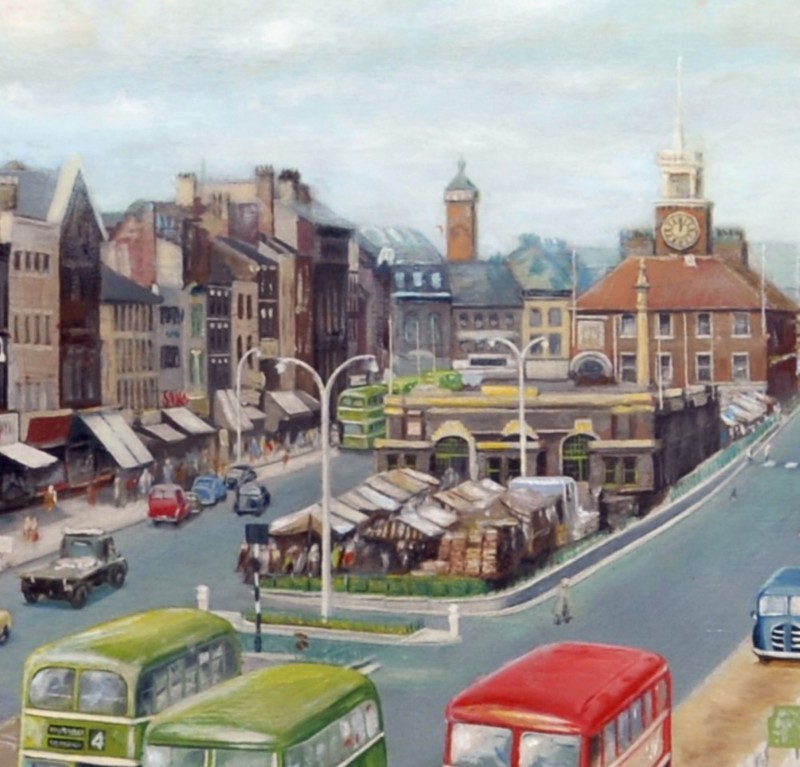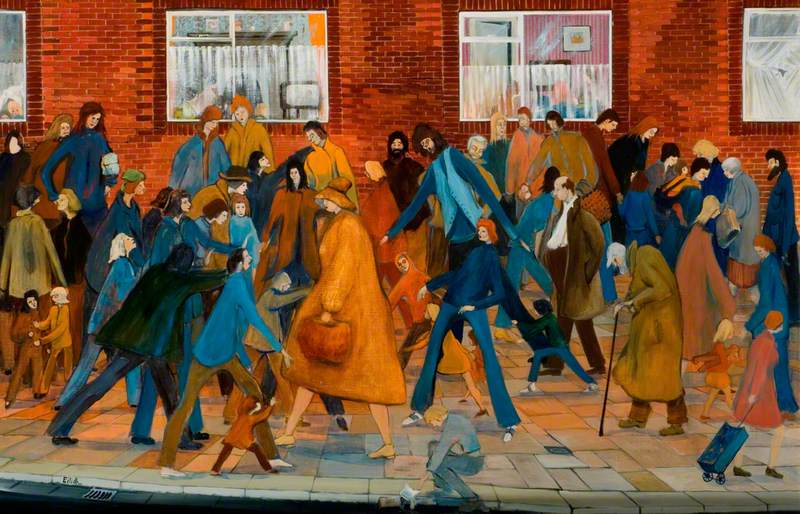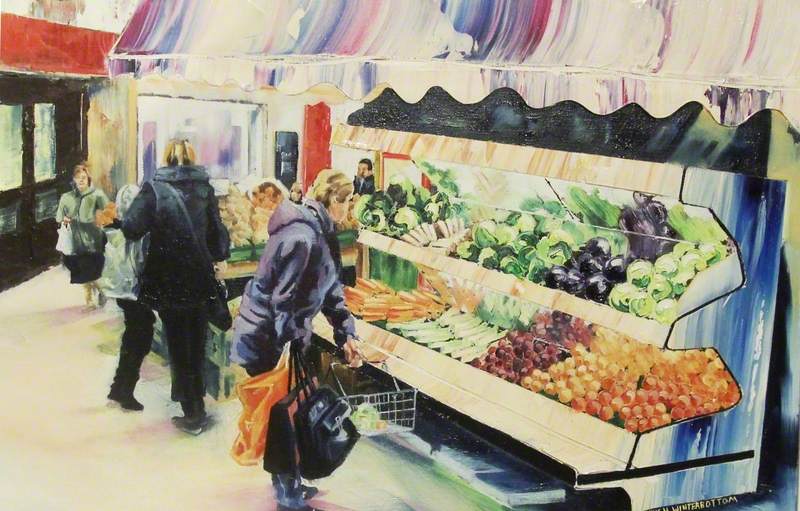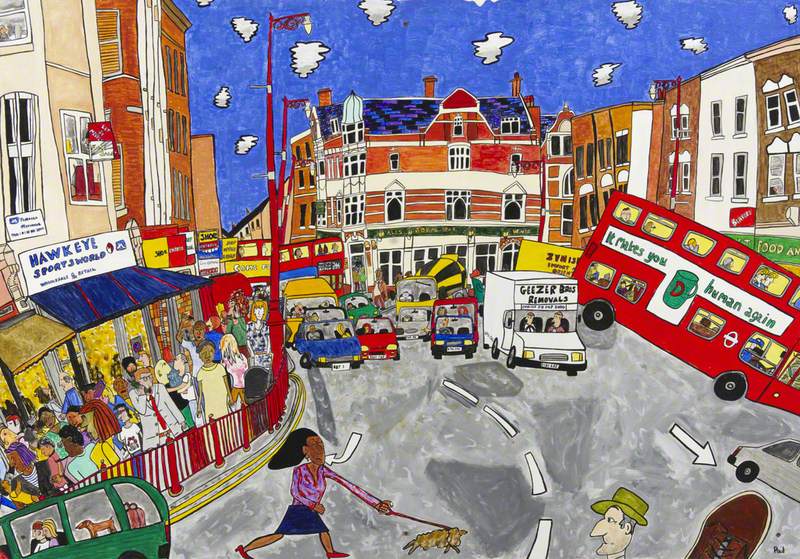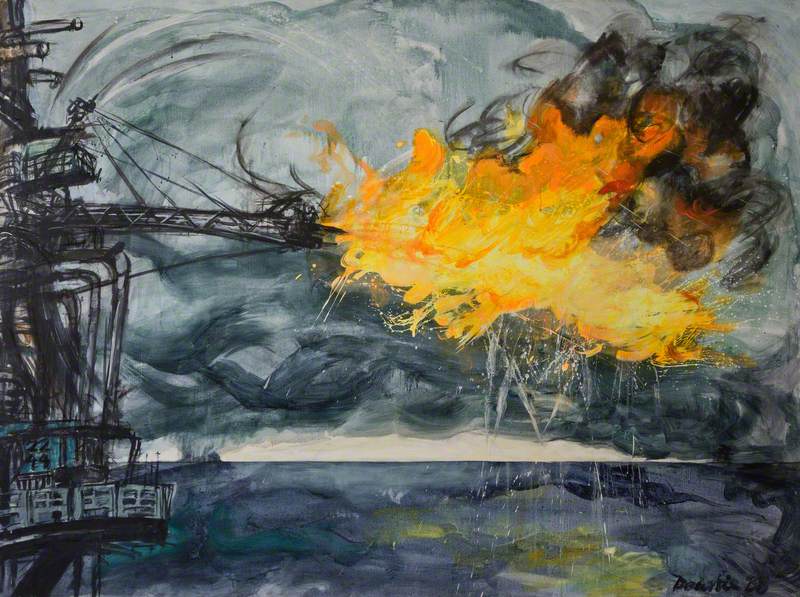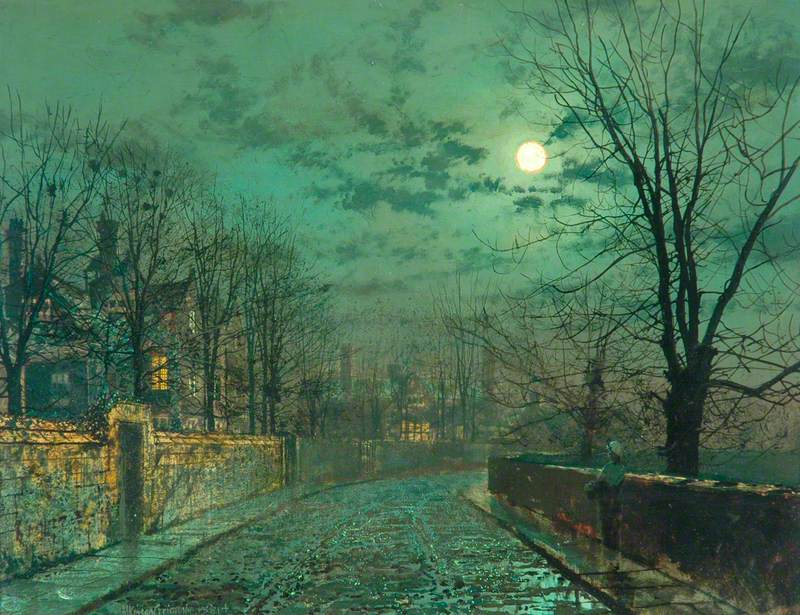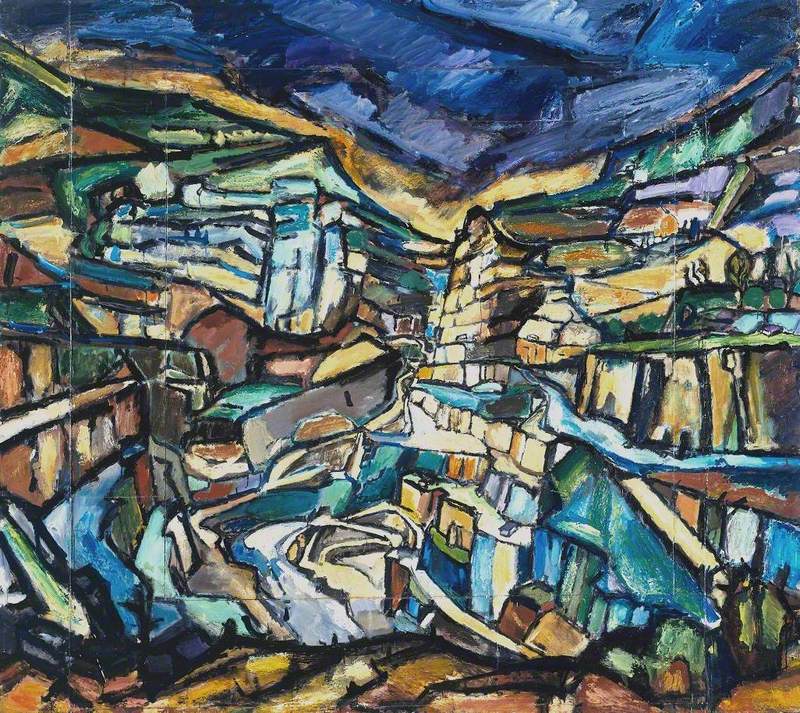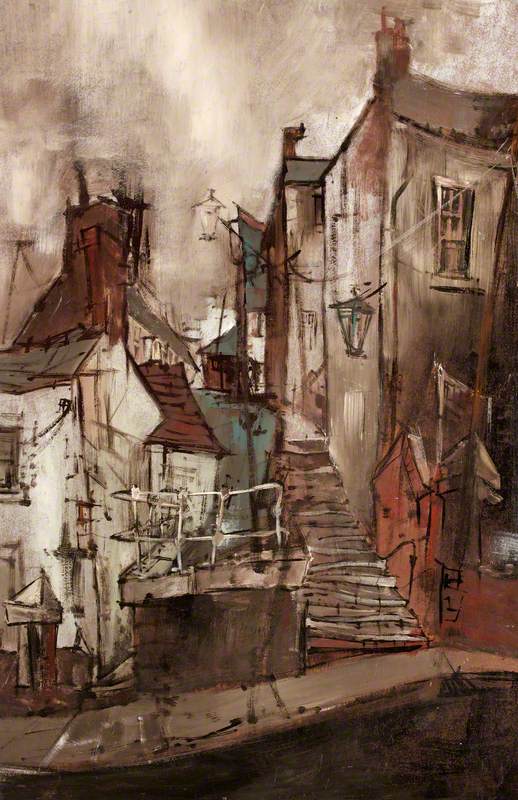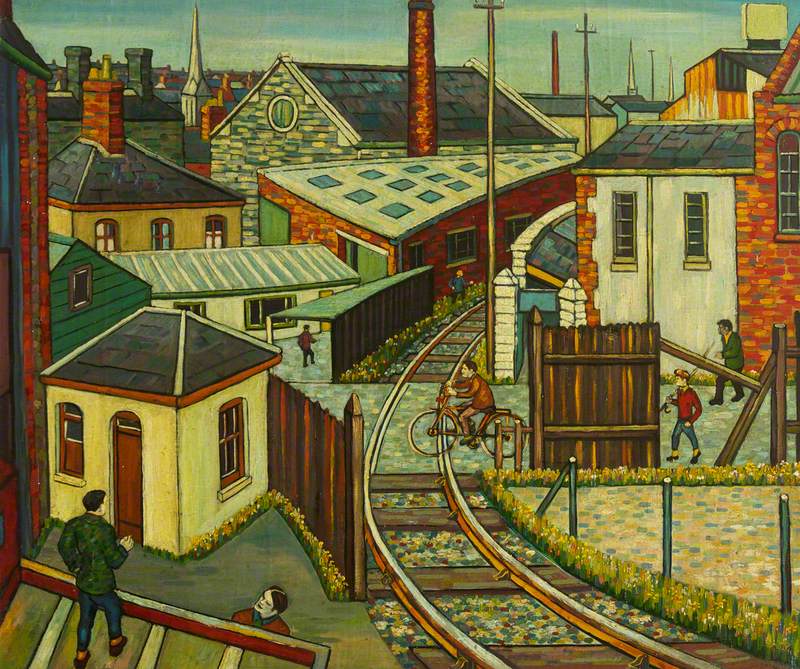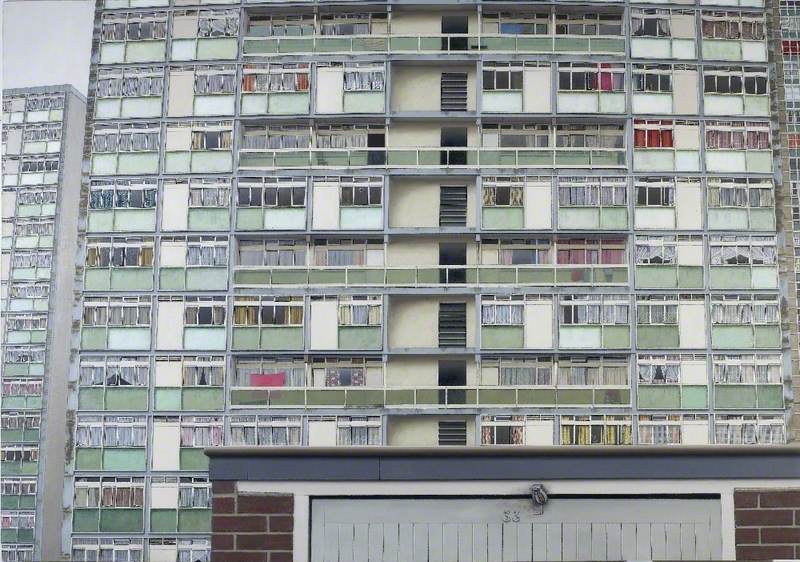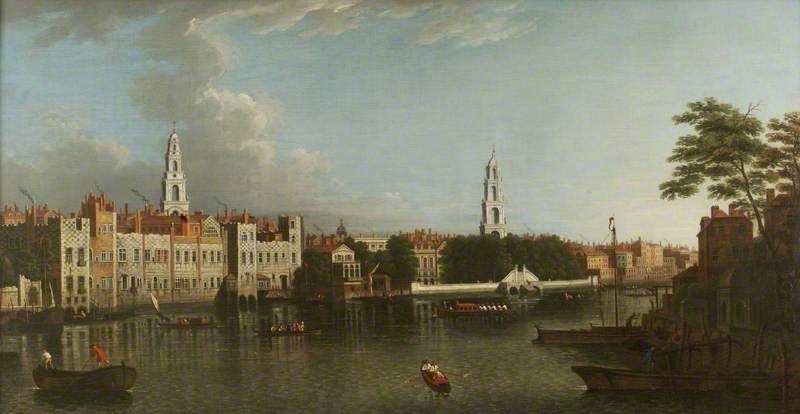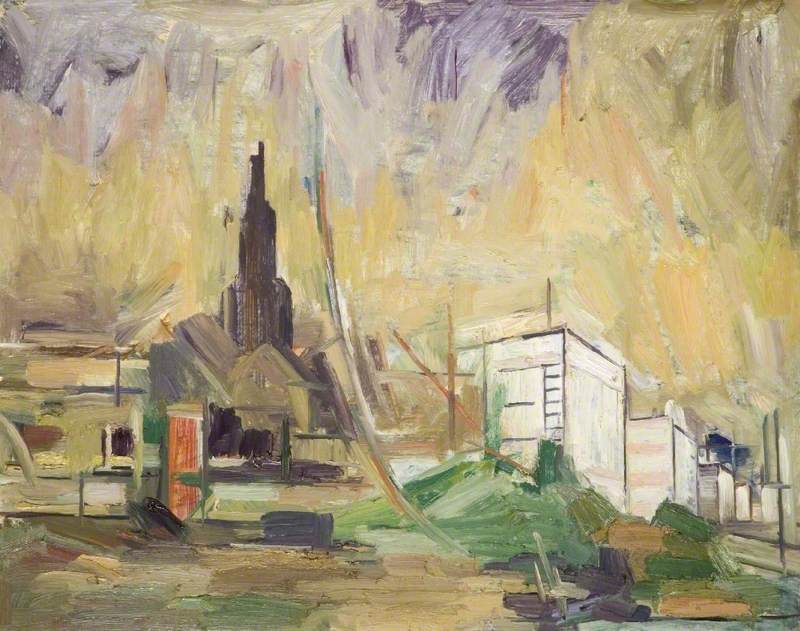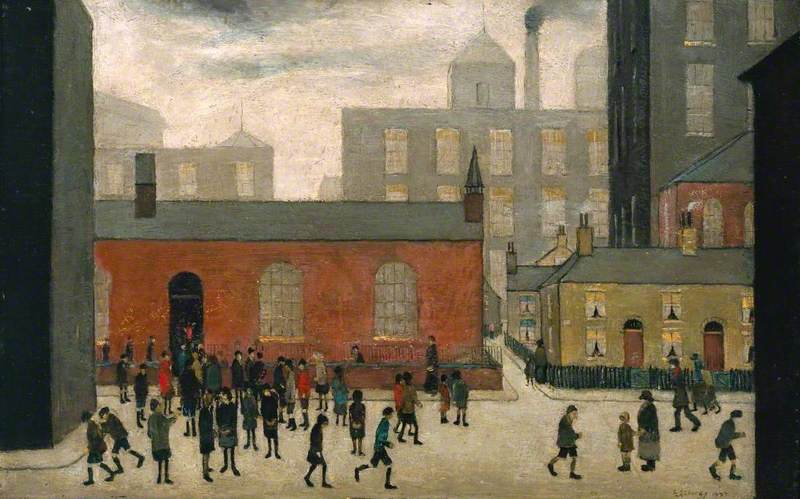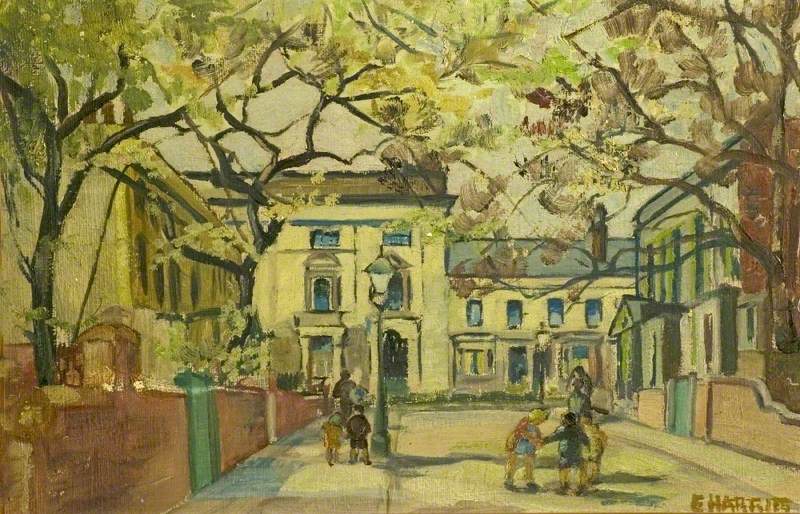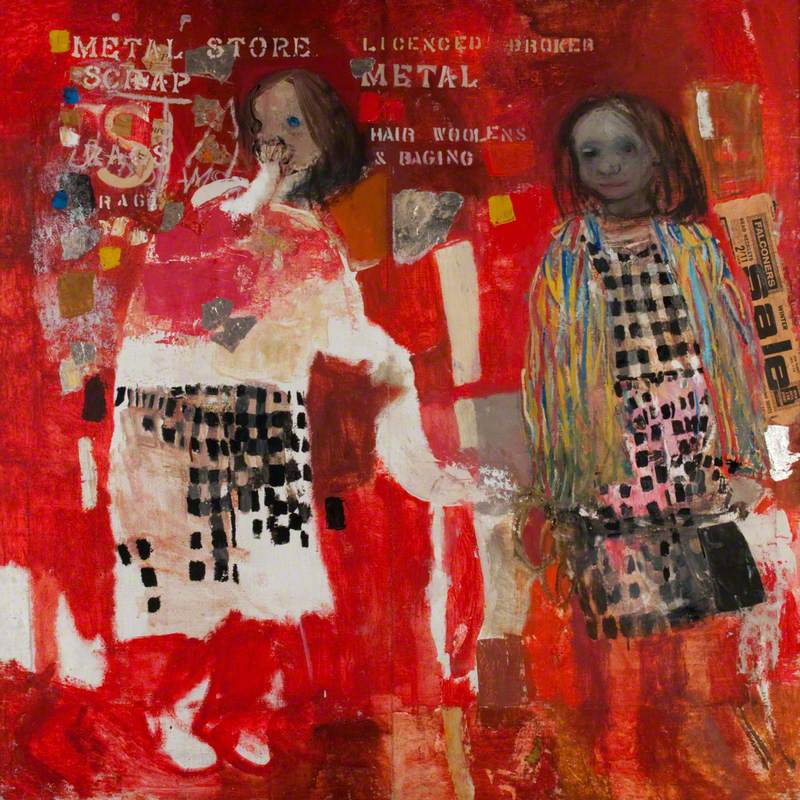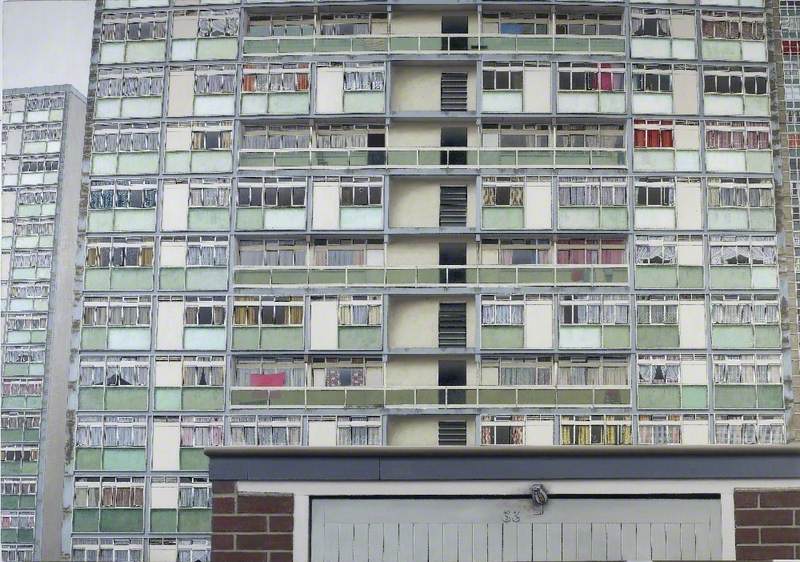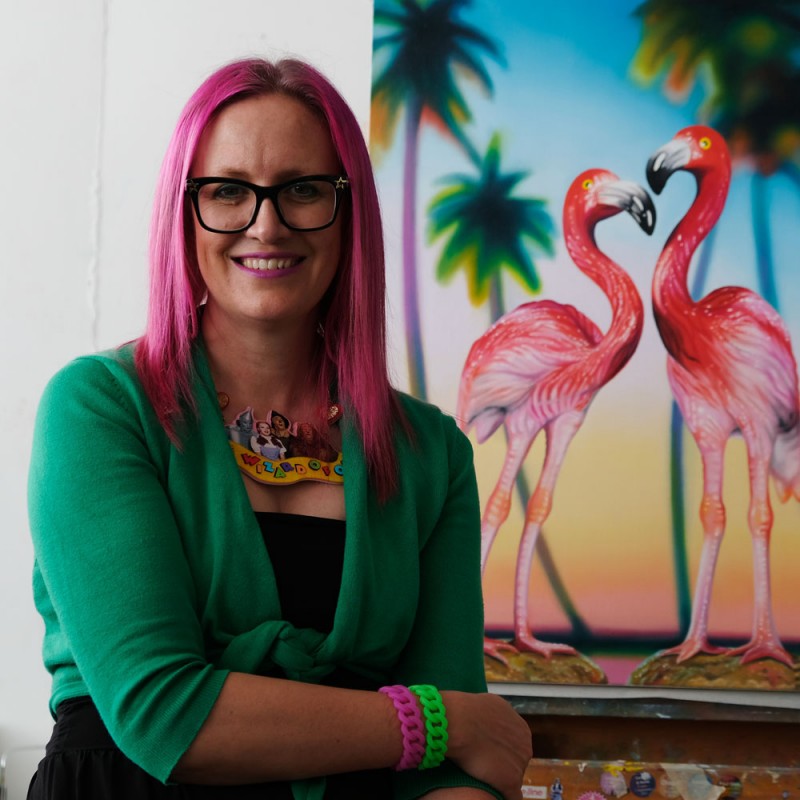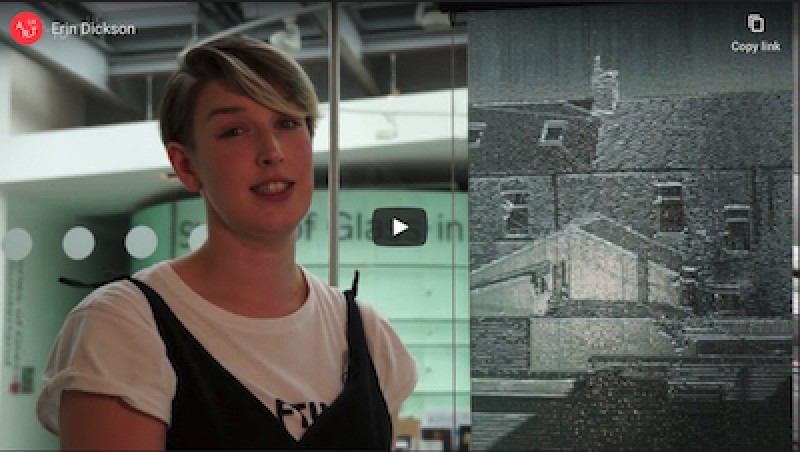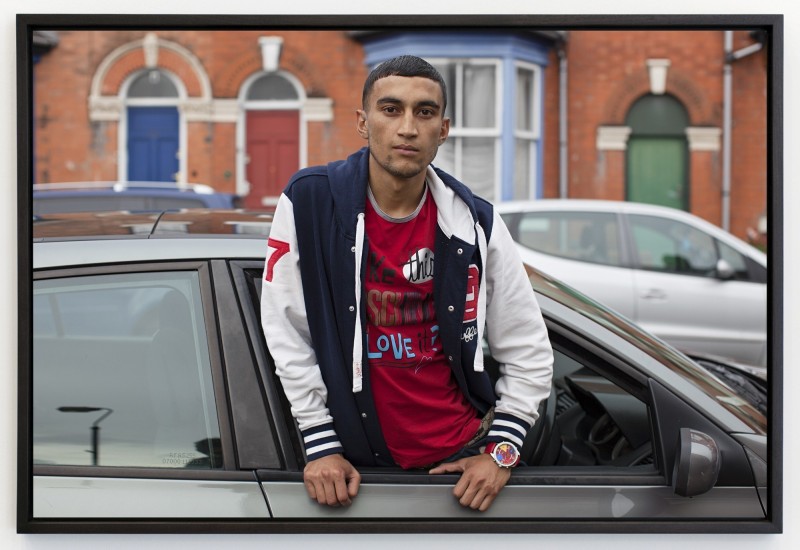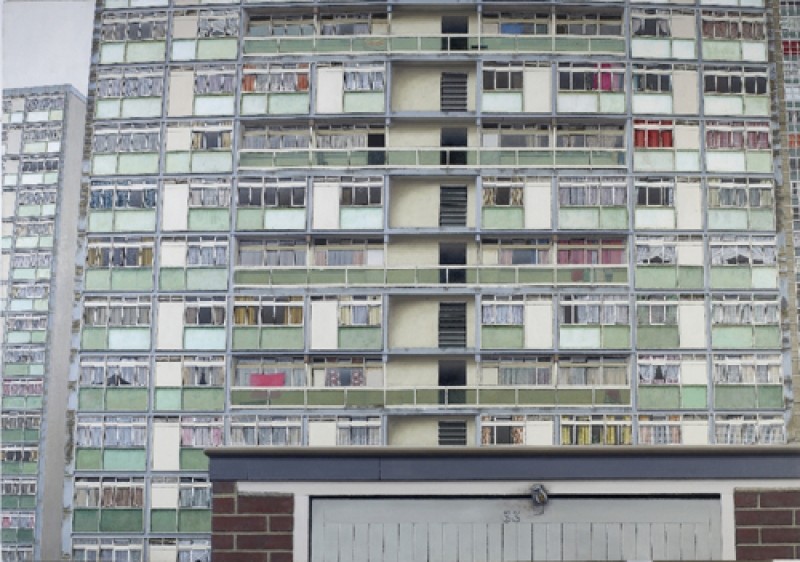Art and Design
- I have the opportunity to choose and explore a range of media and technologies to create images and objects, discovering their effects and suitability for specific tasks.
- I can create a range of visual information through observing and recording from my experiences across the curriculum. (EXA 0-04a / EXA 1-04a)
- I can create and present work using the visual elements of line, shape, form, colour, tone, pattern and texture. (EXA 1-03a)
- Inspired by a range of stimuli, I can express and communicate my ideas, thoughts and feelings through activities within art and design. (EXA 0-05a / EXA 1-05a / EXA 2-05a)
- I can respond to the work of artists and designers by discussing my thoughts and feelings. I can give and accept constructive comment on my own and others' work. (EXA 0-07a / EXA 1-07a)
Social Studies: People, past events and societies
- I understand that evidence varies in the extent to which it can be trusted and can use this in learning about the past. (SOC 1-01a)
- By exploring places, investigating artefacts and locating them in time, I have developed an awareness of the ways we remember and preserve Scotland's history. (SOC 1-02a)
- I can use evidence to recreate the story of a place or individual of local historical interest. (SOC 1-03a)
- I can compare aspects of people's daily lives in the past with my own by using historical evidence or the experience of recreating an historical setting. (SOC 1-04a)
- I can describe and recreate the characteristics of my local environment by exploring the features of the landscape. (SOC 1-07a)
- Having explored the landscape of my local area, I can describe the various ways in which land has been used. (SOC 1-13a)
- Through activities in my local area, I have developed my mental map and sense of place. (SOC 1-14a)
Literacy and English
Listening and talking
- When I engage with others, I know when and how to listen, when to talk, how much to say, when to ask questions and how to respond with respect. (LIT 1-02a)
- I am exploring how pace, gesture, expression, emphasis and choice of words are used to engage others, and I can use what I learn. (ENG 1-03a)
- I can show my understanding of what I listen to or watch by responding to and asking different kinds of questions. (LIT 1-07a)
- To help me develop an informed view, I am learning to recognise the difference between fact and opinion. (LIT 1-08a)
- When listening and talking with others for different purposes, I can exchange information, experiences, explanations, ideas and opinions, and clarify points by asking questions or by asking others to say more. (LIT 1-09a)
- I can communicate clearly when engaging with others within and beyond my place of learning, using selected resources as required. (LIT 1-10a)
Writing
- I enjoy creating texts of my choice and I regularly select subject, purpose, format and resources to suit the needs of my audience. (LIT 1-20a)
- I am learning to use my notes and other types of writing to help me understand information and ideas, explore problems, generate and develop ideas or create new text. (LIT 1-25a)
- By considering the type of text I am creating, I can select ideas and relevant information, organise these in a logical sequence and use words which will be interesting and/or useful for others. (LIT 1-26a)
- I can convey information, describe events or processes, share my opinions or persuade my reader in different ways. (LIT 1-28a / LIT 1-29a)
